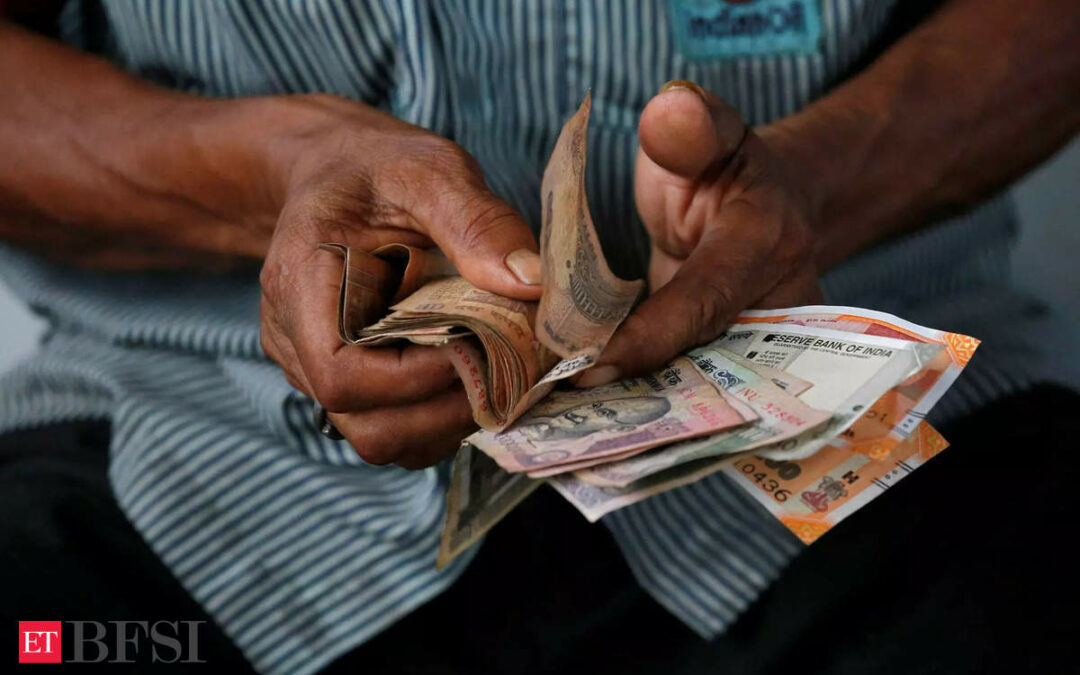The Indian rupee continued to trade in a narrow range on Monday, despite headwinds from oil, U.S. yields and portfolio outflows. The rupee was at 83.26 to the U.S. dollar at 11.02 a.m. IST, barley changed from its Friday close of 83.2550.
The currency has been range-bound for most of October, with volatility near its lowest in many years. The Reserve Bank of India has been instrumental in keep volatility muted, intervening regularly in spot, non-deliverable forwards and futures, according to traders. “You have U.S. yields, oil risk, a well supported dollar and portfolio outflows. All through this, the rupee has basically done nothing,” an FX salesperson at a bank said.
“You can keep saying that it (USD/INR) should be much higher, but that doesn’t means much when you have a dogged central bank,” the trader added. Long-maturity U.S. yields have been marching higher on supply-demand dynamics and expectations that the Federal Reserve will keep rates high. The 10-year U.S. yield reached 5% last week, and was last seen around 4.87% in Asia hours.
The Middle East conflict, meanwhile, is fuelling volatility in oil prices. Brent crude rallied about 3% on Friday, before dipping in Asia. Higher U.S. yields and the Middle East issue has soured risk sentiment, prompting foreign investors to withdraw money from Indian equities, with outflows reaching nearly $2.5 billion this month.
The focus this week will be on the Bank of Japan (BOJ), Fed and Bank of England’s (BoE) policy outcomes, Amit Pabari, managing directors at CR Forex, said. The BOJ will decide whether to hike its existing yield cap on Tuesday, while the Fed is expected to keep rates on hold on Wednesday. The BoE follows on Thursday, and like the Fed, it is projected to stand pat on rates.










